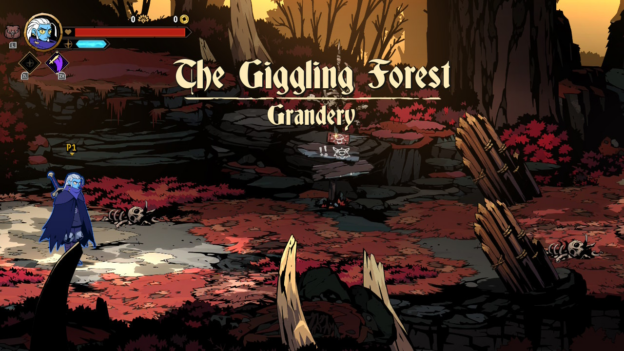Deliver Us the Moon Review – Review

A lost Switch game makes a triumphant return.
Deliver Us the Moon hasn’t had the easiest road to the Switch. In fact, back in 2020 the Switch version was actually canceled. Publisher Wired Productions cited the pandemic as a major cause of this at the time. But now, four years later, Deliver Us the Moon has been delivered to Nintendo fans. And despite its troubled development, it’s a pretty good port.
Deliver Us the Moon is a narrative-focused adventure game built around exploration and puzzle solving. You play as an astronaut who is sent to the moon to investigate after the power generating facilities on the surface go dark. A new form of energy has been discovered on the moon that is being transmitted to Earth. Without the base operational, Earth will run out of power. The story sees you not only working to restore a connection between Earth and the moon, but also to discover what happened. The story starts off pretty slow and didn’t immediately grab me, but after an hour or so, as more pieces started to come to light, I was hooked. Voice acting, music, and sound design in general are all excellent.
Gameplay shifts between first and third person dynamically based on the needs of a given environment. For example, if you’re navigating a zero gravity space station, you’ll generally play in first person. On the other hand, while exploring the surface of the moon, you’ll more often play in third person. The camera will also occasionally swap from third to first person if you’re in a tightly confined area where a third person camera would struggle, which I thought was a nice touch.
Early on, you’ll find a small laser cutter which can be used to cut through sealing bolts and wires. A little while later you’ll get a small robot called an A.S.E. which can be controlled remotely and sent into tight spaces. Puzzles are generally built around navigation. One early puzzle sees you needing to connect power generators to different doors in sequence in order to free up enough power to turn on a computer. Others might involve you sending your A.S.E. through an air vent to circumvent a locked door and find a way to open it. Some of these get pretty complex as the game goes on but never frustratingly so. Deliver Us the Moon does a nice job of shaking up the gameplay with unique one-off set piece moments as well, though some work better than others. Flying through open space to get to an airlock before you run out of air feels great, but quick time event based train operation feels somewhat out of place.
The Switch port itself is largely successful compared to its releases on other platforms. The publisher was kind enough to send along the Xbox Series X version as well for the sake of comparison. Playing them back to back, I was pleasantly surprised how well the Switch version holds up. You get the expected drop in resolution, lowered shadow quality, and the removal of screen-space reflections, but overall the game still looks quite good when playing docked. The dynamic shadows cast by your flashlight have been preserved, as have plenty of other real-time shadows, albeit at a low resolution. The game also makes extensive use of what I believe are dynamic cube maps for reflections. On other platforms, these are combined with screen-space reflections but the cube maps do a surprisingly good job of holding up on their own in the Switch version. The one sticking point here is the handheld experience. Both docked and handheld employ dynamic resolution, but the low end of handheld resolution gets extremely low. This tends to happen anytime you can see a wide open area, and the shift in resolution is extremely obvious. It makes looking around for small puzzle elements and objects significantly more difficult in these scenarios. The docked experience is largely excellent, but just keep in mind that handheld comes with some steep compromises.
Deliver Us the Moon is an excellent narrative adventure that comes to Switch mostly unscathed. The docked experience is pretty smooth, and all things considered, the concessions here are fairly light for a Switch port. The handheld experience is fine when navigating tight space station interiors, but gets extremely blurry anytime you enter a more complex environment or step out onto the surface of the moon. It isn’t unplayable in these moments, but the difference was enough to catch me off guard. Still if you’ve waited this long to play it on Switch, I don’t think you’ll be disappointed. This is an enthralling story that is definitely worth experiencing.




